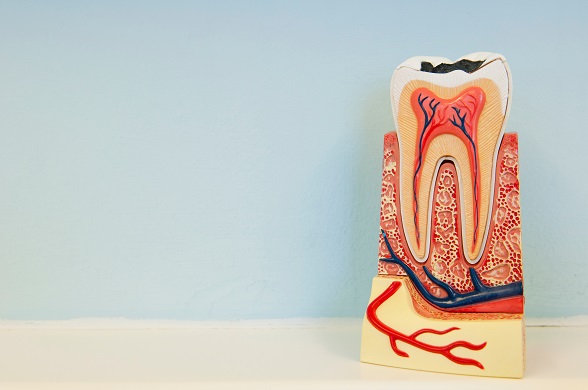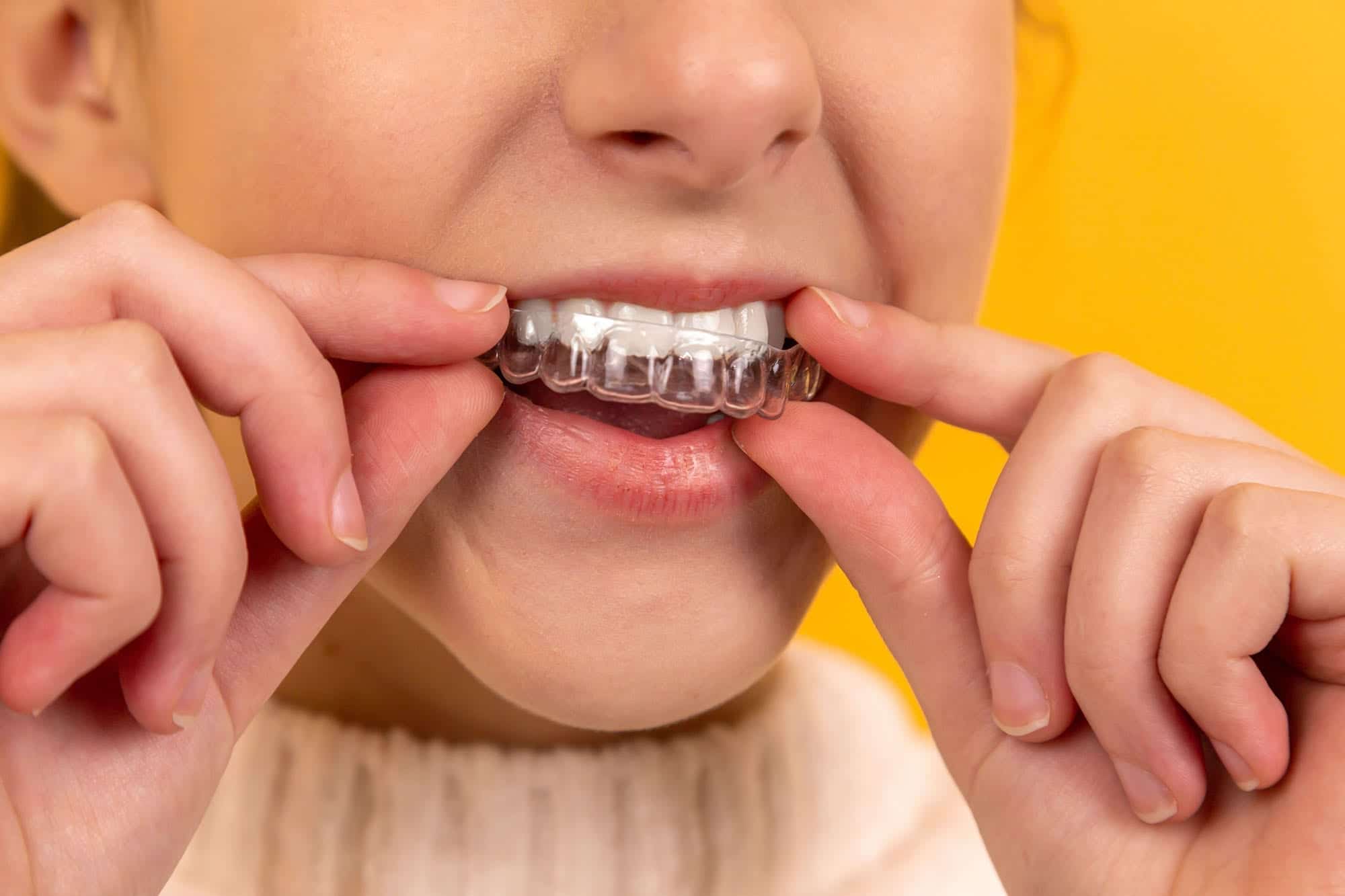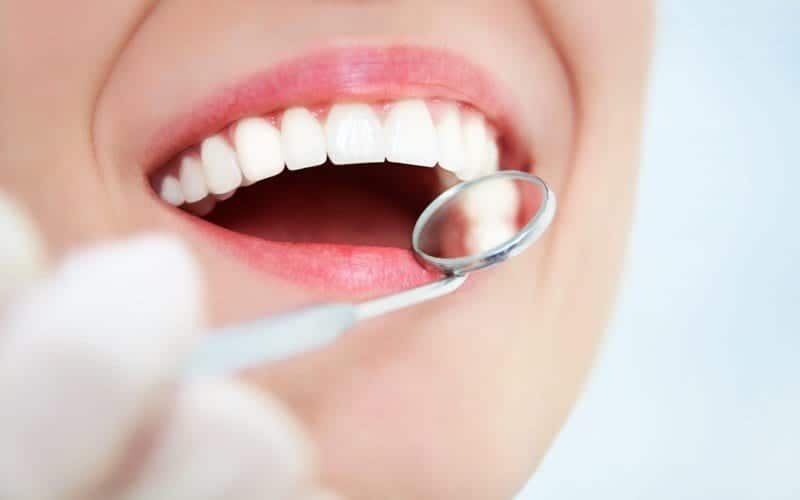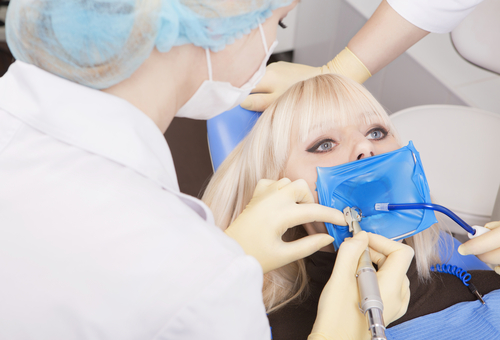If you can take good care of your natural teeth, you can make them last a lifetime. However, accidents happen and even slight neglect can impact the integrity of your teeth. If you have a diseased or critically injured tooth, you can save it with endodontic treatment.
If you wish to know the cost of root canal in Thailand, you’ve come to the right page. To help you know why such a procedure is necessary and how a damaged tooth can be saved, we’ve answered some of the most frequently asked questions about root canal treatment.
Page Contents
What’s a Root Canal Treatment Anyway?
Endodontics is a dentistry school involved in diagnosing, preventing, and treating disorders involving the dental pulp or the soft core of the hard-shell tooth. Your tooth is a living thing needing nourishment and even has its own nerves and blood vessels.
A root canal or endodontic treatment involves removing the tooth root of an infected tooth in order to save it from becoming a major infection. After removal, inert material is put inside the remaining tooth in order to save it.
About a hundred years ago, when teeth pulps are injured or diseased they’re extracted automatically and you’re provided with dentures to hide the removal. Nowadays, this treatment allows dentists a safe way to save the outer shell of your teeth at least.
What are Root Canal Treatment Costs in Thailand?
The root canal treatment is one way to avoid having to invest in any prosthetic dental crowns or dentures. It’s more expensive to have a dental implant inserted from where an extracted tooth used to be compared to simply getting a root canal treatment.
On average, the duration and cost of root canal in Thailand are as follows.
| Type of Root Canal Treatment | Price per Tooth | Duration |
|---|---|---|
| Anterior/Incisor Tooth |
THB 9,000 USD 270
GBP 203
AUD 422
NZD 450
|
1-2 visits |
| Premolar Tooth |
THB 12,000 USD 359
GBP 270
AUD 562
NZD 600
|
1-2 visits |
| Molar Tooth |
THB 15,000 USD 449
GBP 338
AUD 702
NZD 750
|
1-2 visits |
| Retreat Root Canal |
Additional THB 1,000-THB 2,000 USD 30 - 60
GBP 23 - 45
AUD 47 - 94
NZD 50 - 100
|
n/a |
| Root Filling |
THB 1,000-THB 2,000 USD 30 - 60
GBP 23 - 45
AUD 47 - 94
NZD 50 - 100
|
n/a |
Their dollar equivalent will vary in the future depending on the exchange rate between the Thai Baht and the U.S. dollar. This is just their value at the time of this writing.
It’s much cheaper to avail of a root canal in Thailand compared to stateside or locally for most western countries. It’s also cheaper to avail of a root canal versus
The average root canal cost in the U.S. ranges from $700 to $1,500. The crown can cost you upwards of $800 to $3,000. You may have to pay between $1,800 to $5,000 (or even more) for the whole procedure!
What is the Dental Pulp and When Does It Need Removal?

The dental pulp is the tooth’s soft tissue containing its lymph vessels, veins, arteries, and nerves. It’s contained within the dentin or the bone-like tissue supporting the outer enamel shell of the tooth.
- The Dentin: DInside the dentin, the pulp stretches from the pulp chamber inside the crown (the visible portion of the tooth above your gums) down to the tip of the tooth root by way of the root canal (hence the informal name of the procedure).
- Pulp Chamber: Every tooth contains a pulp chamber. However, teeth with more than one tooth root will also have more than one root canal. This is why it’s more expensive to do a root canal on molars than front teeth.
- Damaged Pulp: What happens when the pulp is damaged? If the damage is minor it should be able to repair itself but if an injury or disease prevents healing, the pulp actually dies. The most common pulp death cause is a deep fracture or cavity.
- Fracture or Cavity: A deep enough dental cavity or a worse enough fracture can expose the pulp to saliva, resulting in its death since saliva can contain bacteria that causes infection from within the tooth itself.
- Abscess: If you don’t treat the infection, the pulp will develop pus buildup or an abscess at the tip of the root. This also destroys the supporting bone surrounding the tooth, leading to it falling off your mouth like milk teeth.
- Pulp Death: If the infection of the diseased pulp progresses to the point of no return, this will result in the death of the pulp and the slow destruction of the tooth from the inside to the outside since the enamel and dentin aren’t getting nutrients anymore.
- Pulp Removal: You need to remove the diseased, damaged pulp if it can’t be treated with antibiotics and whatnot anymore because the tooth and the surrounding tissues can become infected too, leading to a systemic infection.
- Removal is a Must: You can remove pain and swelling that accompanies the infection by removing the infected pulp. Even if there’s no pain, certain byproducts of the diseased pulp can injure the bone anchoring your tooth to your jaw.
- Eventual Extraction: You have two options in dealing with abscessed teeth—tooth extraction or endodontic treatment. At least with a root canal, you can end up saving the permanent tooth.
What Does a Root Canal Treatment Entail?
Treatment for a root canal or endodontic treatment requires about 1-3 appointments. When going through such appointments, your endodontist (the specialist in pulp disorders) or general practitioner dentist removes the diseased pulp.
- The Pulp Chamber and Root Canal: Once the diseased pulp is removed, you’ll end up with the pulp chamber and root canal or canals of the tooth. The dentist will then proceed to clean, shape, fill, and seal the tooth for good measure.
- The Importance of Sealing: The “empty” shell of a dead tooth requires getting filled with inert material for the sake of preventing recontamination of the root canal system that could loosen the tooth’s anchor to your jawbone.
- Saving the Tooth with Saliva Isolation: The endodontic treatment first isolates the tooth from bacteria-filled saliva by putting in a sheet of rubber placed around the tooth known as a rubber dam. An opening is made for the tooth’s crown.
- Drilling into the Crown: The exposed crown will then be drilled to give the dentist access to the pulp chamber. During the procedure, you’ll be given local anesthetic so that you’ll feel comfortable during the drilling and pulp removal.
- Careful Removal: The pulp isn’t sucked out all in one go because of the sensitivity of the blood vessels and nerves connected to it. It’s instead carefully and methodically removed until the pulp chamber and root canal or canals are emptied.
- Cleaning the Canals: To prevent reinfection and the like, the root canal or canals and pulp chamber are then cleaned and enlarged as well as shaped into a form that can be properly filled with inert material.
- Medication as Well: The pulp chamber and root canal or canals might also get medication put inside them to kill leftover bacteria. So they’re cleaned, medicated with antibacterial agents, and so forth to ensure there are no new infections.
- Temporary Filling or Drainage: The opening of the crown of the treated tooth will get a temporary filling for the protection of the canals and chamber. If the pulp had a severe abscessed infection, the dentist might leave the tooth open for drainage.
- System Bacterial Elimination: You’ll also be prescribed antibiotics for good measure to help your body systemically control the local infection, thus keeping it from spreading from beyond your tooth (like in your other body systems like digestive or respiratory).
- Permanent Filling: On the next stage of the procedure, the temporary filling is removed then the pulp chamber and canals are filled with inert material that is permanently sealed. This material is formulated to prevent bacteria from reentering the canal when push comes to shove.
- A Golden Crown to Cap It Off: The final stage of endodontic treatment involves placing a golden or porcelain crown over the hole of the natural tooth crown to restore the structure of the tooth as well as its appearance and function.
- Endodontist Specialist: Usually, if the endodontist were to perform the removal of the pulp, he’ll typically recommend you go back to your family dentist to get the new crown on your old tooth. He’s focused on pulp treatment and removal, after all.
- Type of Material: The type of crown or material used depends on the type of tooth being treated as well as the amount of natural tooth remaining after the procedure. Front teeth require a porcelain crown or porcelain-fused-to-metal crown while the back teeth can get a gold crown or porcelain-fused-to-metal crown.
- The Costs of Crowns: The cost of the crowns will depend on the material used. Gold crowns or porcelain-fused-to-metal crowns have a higher price tag than just porcelain crowns but they’re all quite expensive across the board (unless you go for dental tourism in Thailand).
The Verdict

The endodontic or root canal treatment is a decades-old technique infamous for the pain it causes (it involves the removal of the tooth root or tooth nerve), but recent endodontics advances have made it relatively painless and an almost routine procedure.
Also, Thailand offers some of the best root canal treatments at the fraction of the price offered in the U.S. If you lack insurance, maybe you should buy a dental tourism package to Thailand instead!
Thantakit International Dental Center is Thailand’s longest established dental center and one of the centers listed for root canal treatment in Bangkok, on the cleverthai.com list. Situated in Bangkok, our clinic is renowned across the world as a destination for world-class dentistry, with most of our patients flying to us from Australia.
Please contact us today and get a FREE dental consultation.












